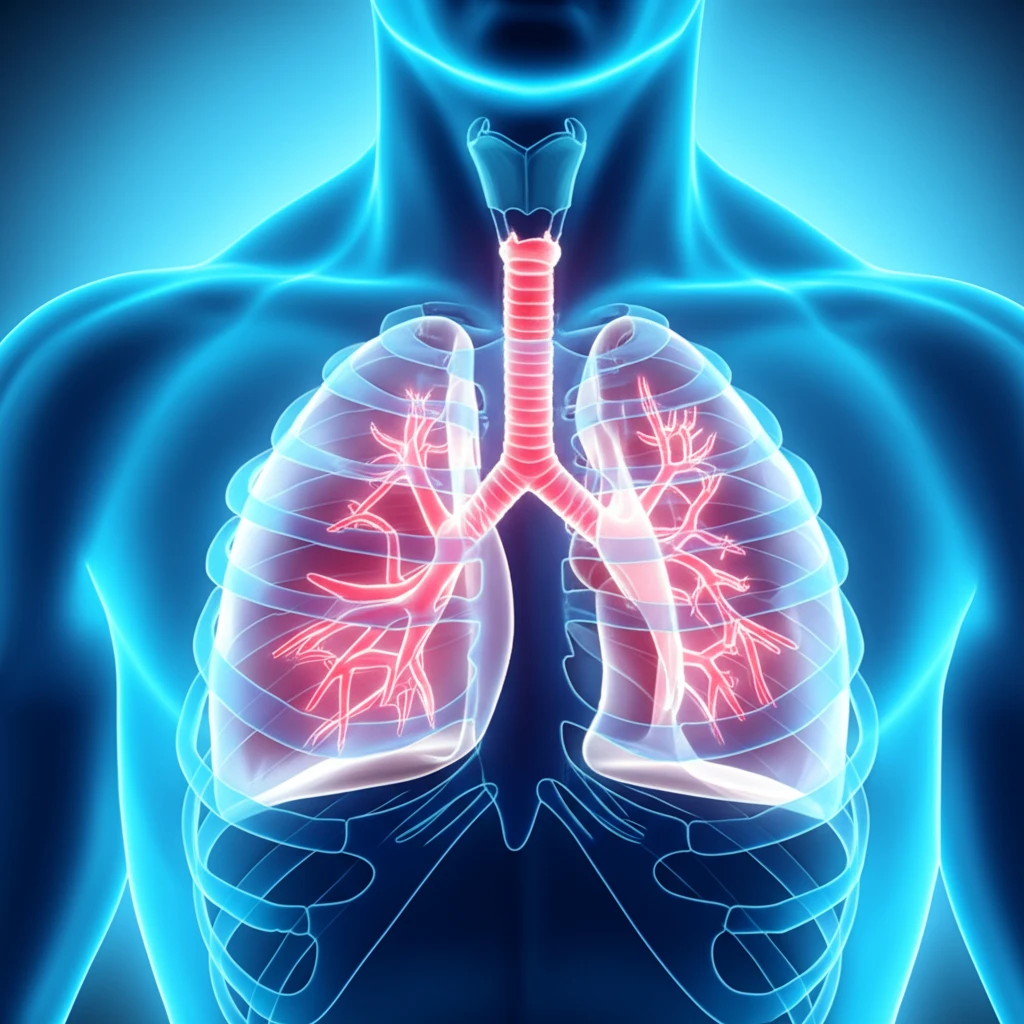
Breathing Easy: Understanding Pleural Tuberculosis and Its Impact on Your Health
"Delving into the complexities of pleural tuberculosis, its diagnosis, and the crucial role of early detection in safeguarding your well-being."
Tuberculosis (TB) is a disease that has affected humanity for centuries, and while it's often associated with the lungs, it can manifest in various forms. One such form, pleural tuberculosis, affects the pleura, the lining around the lungs. Understanding this condition is crucial for early detection, effective treatment, and, ultimately, safeguarding your health.
Pleural tuberculosis presents unique challenges in diagnosis and treatment. This article provides an in-depth look at this form of TB, exploring its causes, symptoms, diagnostic methods, and the significance of timely intervention. By shedding light on this condition, we aim to empower you with knowledge and awareness.
This article draws from a research article that investigates the quality of diagnosis and epidemiological profile of pleural tuberculosis cases in the state of Roraima, Brazil, between 2005 and 2013. It is designed to inform a broad audience about this specific form of tuberculosis and its impact on public health, along with the diagnostic challenges associated with the disease.
What is Pleural Tuberculosis? Unveiling the Basics

Pleural tuberculosis is a specific manifestation of TB that affects the pleura. The pleura is a thin membrane that surrounds the lungs and lines the chest cavity. The primary function of the pleura is to allow the lungs to expand and contract smoothly during breathing. When TB bacteria infect this area, it leads to pleural tuberculosis.
- The Pleura's Role: The pleura is crucial for lung function.
- Infection Pathway: TB bacteria spread to the pleura from the lungs.
- Pleural Effusion: Fluid accumulation in the pleural space is a common symptom.
- Independent Occurrence: Pleural TB can occur without active lung infection.
Empowering Health: A Call to Action
Understanding pleural tuberculosis is a vital step towards protecting your health. By recognizing the symptoms, knowing the importance of early diagnosis, and supporting public health initiatives, you can contribute to reducing the impact of this disease. Stay informed, stay vigilant, and prioritize your respiratory health.
